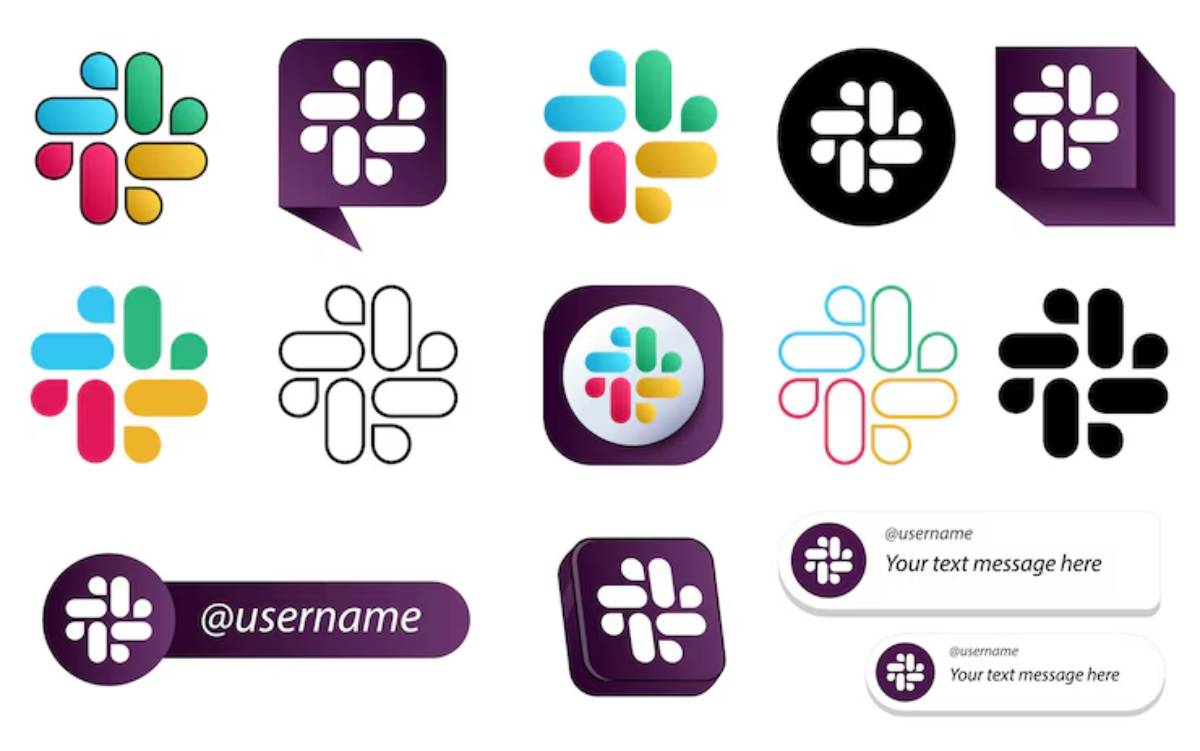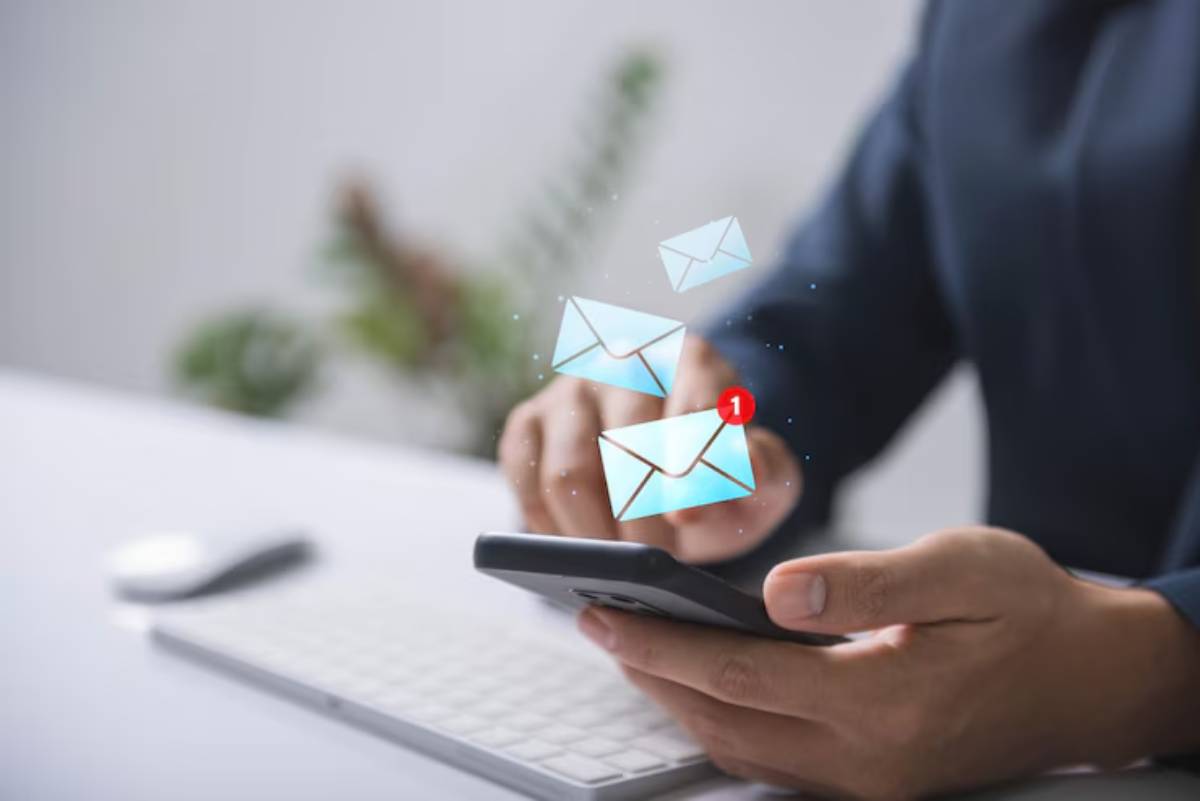The Personal Development Blog

Practising Tech Mindfulness at Work
Let’s be honest — most of us aren’t drowning in work because there’s too much to do. We’re drowning because there’s too much tech noise while we try to do it, Doing the meditation on the chair.
From pinging Slack messages to email alerts, calendar pop-ups, and the ever-tempting tabs open in your browser, it’s no wonder focus is becoming a rare luxury. The modern workplace is a digital minefield, and learning how to navigate it mindfully is essential if you want to get anything meaningful done — and keep your sanity intact.
In this article, we’ll dive into what tech mindfulness at work actually looks like, why it matters more than ever, and how to build a daily rhythm that supports clarity, flow, and real productivity. Whether you’re working from home, a buzzing office, or somewhere in between, these practical shifts can help you reconnect with your work — and yourself.
The Cost of Constant Digital Distraction
Distraction Isn’t Just Annoying — It’s Expensive
You might think checking your messages every few minutes is harmless, but the cognitive toll adds up fast. According to a University of California, Irvine study, it takes an average of 23 minutes and 15 seconds to refocus after a single interruption.
Now multiply that by the number of notifications, pings, and browser distractions you face daily, and it’s clear: tech distraction is silently robbing your time and attention.
The Myth of “Always On”
Many workplaces — and workers — operate under the pressure to be constantly available. Quick responses are seen as a badge of dedication.
But being “always on” often leads to:
- Burnout from never truly switching off
- Shallow work dominating the day
- Poorer problem-solving due to fractured focus
- Decreased job satisfaction
Mindful digital usage is not about ignoring tech — it’s about reclaiming agency over it.
What Is Tech Mindfulness?
A Working Definition
Tech mindfulness means being conscious and intentional in how you use digital tools, especially at work. It’s about pausing before reacting, designing your digital environment deliberately, and making space for deep, focused work.
You can think of it as digital hygiene. Just like you wouldn’t eat mindlessly all day without noticing how it affects your body, tech mindfulness helps you notice how your digital habits affect your mind.
What It’s Not
- It’s not anti-technology.
- It’s not about quitting emails or abandoning tools that make your work smoother.
- It’s not productivity theatre — it’s about true mental clarity.
This mindset can radically improve not just your output, but also how you feel throughout your workday.
Where Tech Distraction Starts
The Usual Suspects
We all have our digital kryptonite.
Some of the most common workplace attention traps include:

- Chat platforms like Slack or Teams staying open all day
- Email checking loops every few minutes
- Multitasking across too many browser tabs
- Push notifications from work tools and apps
- Always-on smartphones sitting on the desk
Even tools that seem helpful can backfire when they’re unmanaged. You may start with a quick Google Docs check and end up lost in another tab.
Hidden Distractions
Beyond the obvious culprits, subtle digital distractions include:
- Background noise from open apps
- Unnecessary group chats and notifications
- Complex tech stacks with overlapping functions
That’s why adopting a distraction-free work strategy starts with awareness — noticing what’s draining you without your permission.
Building Workplace Tech Awareness
Start With Observation
For one or two workdays, simply watch yourself.
Keep a digital mindfulness log where you jot down:
- Every time you check your email or messages
- How often you switch between apps
- What triggers you to pick up your phone
You’re not judging — you’re learning. Awareness is the first step to change.
Ask: Is This Helping or Hijacking?
Before opening a tool or clicking a link, pause.
Ask:
- What do I need right now?
- Is this tool helping me stay on track?
- Could I delay this interaction until later?
You’ll be surprised how many things feel urgent but are actually optional.
If your digital world is feeling especially cluttered, you might benefit from evaluating your high-impact apps using the 80/20 rule for app usage.
Strategies for Mindful Digital Usage
1. Designate “Focus Hours”
Set aside 1–2 blocks of time each day for deep, uninterrupted work.
During these blocks:
- Close all unnecessary tabs
- Use “Do Not Disturb” modes
- Turn off Slack or email alerts
- Let your team know you’ll be offline for a while
Even a single 90-minute session can dramatically improve the quality of your work and reduce digital fatigue.
2. Create Clear Tech Boundaries
Tech mindfulness thrives on boundaries.
Try:

- Checking email at set times (e.g. 9 am, 1 pm, 4 pm)
- Using only one screen when possible
- Keeping your phone in a drawer or on silent
- Logging out of platforms when not actively using them
When you give tech a place, it stops bleeding into every moment.
3. Use Mindful Defaults
Small design choices shape big behaviours.
Consider:
- Setting your browser homepage to a calming, non-news page
- Using minimal apps like Notion or Bear for writing tasks
- Enabling greyscale mode on your phone to reduce visual stimulation
These tweaks create an environment that supports focus rather than distracts from it.
4. Pause Before Responding
The pressure to reply immediately is often internal.
Unless it’s urgent, try pausing:
- Breathe before responding to emails or chat messages
- Batch responses instead of reacting in real time
- Reflect, is speed more important than thoughtfulness here?
Over time, this builds a calm rhythm — less reactive, more intentional.
Tech Mindfulness in Team Culture
Set Expectations Together
Tech mindfulness works best when it’s supported by your workplace culture.
Discuss as a team:
- Agreed-upon “quiet” hours
- Preferred channels for different types of communication
- Acceptable response times (not everything needs to be instant)
This shared understanding fosters respect, reduces pressure, and improves collaboration.
Lead by Example
If you’re a manager or team lead, your digital habits set the tone. If you’re always responding at midnight or reacting to every ping, others may feel pressured to do the same.
Instead:
- Schedule emails to send during work hours
- Use status indicators to signal your focus time
- Encourage a culture of thoughtful, asynchronous communication
This shift not only boosts individual productivity but also supports team wellbeing.
Rebuilding Your Focus Muscle
Practice Digital Stillness
Once a day, create a pocket of tech-free silence. Even five minutes counts.
This might be:

- Take a coffee break
- A walk without your phone
- Sitting at your desk with your eyes closed, breathing deeply
These micro-breaks restore mental clarity and recharge your brain.
Reconnect With One Task at a Time
Multitasking feels productive, but research shows it reduces efficiency by up to 40%.
Instead, try single-tasking:
- Pick one priority
- Close all unrelated apps
- Focus for 25 minutes, then pause
You’ll finish faster, with less stress and more satisfaction.
The Benefits of Mindful Digital Habits
Reduced Stress
You’ll feel less frazzled when your day isn’t ruled by pings, alerts, and digital noise. Your nervous system can actually relax into the rhythm of deep, purposeful work.
Improved Productivity
With fewer interruptions, tasks take less time and feel less draining. You make fewer errors, think more clearly, and reach “flow” more often — that satisfying state of total immersion in a task.
Better Work-Life Balance
Mindful digital usage makes it easier to switch off at the end of the day. When you’ve worked with intention, it’s easier to rest without guilt — and to protect your personal time.
If you’re looking to extend this awareness beyond work, try our guide to quality vs quantity in digital content — a natural next step toward digital balance.
Final Thoughts: Mindfulness Is the New Productivity
You don’t need more hacks, tools, or time. You need fewer distractions and more awareness.
Practising tech mindfulness at work isn’t about rigid rules or digital perfection. It’s about choosing how you show up each day — with calm, clarity, and control over your tools rather than the other way around.
Start with one mindful shift today — whether it’s silencing notifications, setting a focus block, or just pausing before replying to the next email. You’ll be surprised how quickly your day feels different.
You’re not here to keep up with the noise. You’re here to do meaningful work, and that starts with quieting the tech around you.









